Wild crafting
Stinging nettle, wild garlic etc
By herbalist Flora Fernandez
A beginner’s guide to foraging in Germany

On crisp spring days when life is bursting with newfound energy and pops of colour, nature practically beckons us to go outside. How perfect because what better way to wake up from our winter slumber than spending more time outdoors? One fantastic way of spending time in nature is foraging.
Foraging, otherwise known as wildcrafting or forest foraging, is the ancient practice of gathering plants that grow wild, primarily for food and medicine. Sadly, a lot of us have lost this knowledge, but that doesn’t mean we can’t relearn it!
Lucky for us, Germany’s topography and climate provide the perfect conditions for hundreds of edible and medicinal plant species. So whether in front of your apartment on the sidewalk, at your local park or in the nearby forest, chances are, your surroundings are teeming with plants that are not only highly nutritious but are also absolutely delicious!
In a world that’s ever-changing and increasingly virtual, it’s absolutely vital that we unplug and tune in to what is actually happening in the here and now. One of the best ways to do this is to simply head to a local park, riverbank or forest and use all your senses to discover the nature that’s all around you.
Pick some greens or flowers with gratitude to take with you, if the conditions are right. Consume them consciously and enjoy them fully. Remember that foraging is the way our ancestors survived and we have this knowledge ingrained in us. It’s high time we (re)discover this connection and go back to our roots.
While a lot of our content is for member’s only, this newsletter is for free! Every month we share our favourite adventures and corners of Germany, and give you tips on what you can do to go beyond the usual tourist spots. Sign up so you don’t miss out.



The list is exhaustive, so here are a few greens that grow everywhere - even in the city!
Some plants, like the almighty stinging nettle, are considered invasive, meaning that they grow literally everywhere and are generally not exactly welcome in people’s gardens. It’s a shame though, as these plants are so underrated and completely overlooked as the nutritional powerhouses they are! Forget the expensive superfoods at your local “bio store” and simply pick a handful of fresh greens next time you want to make a soup or a green smoothie.
Dandelion is probably the most ubiquitous and underrated plant, and is not only pretty but is a nutritional powerhouse and a trusted plant remedy. Its sun-coloured flowers, unmistakable cotton-ball seed heads, and jagged, elongated deep-green leaves, thrive in all types of settings. Dandelions are high in iron, calcium, manganese, potassium, carotenes, and inulin (a starchy substance that’s great for the gut flora) and are primarily used to enhance liver function. The plant can be harvested year-round, but the ideal harvesting time for the roots is in the autumn before the first frost, and, for the leaves, springtime is best.
The entire dandelion plant is edible, which means there are many uses for it. The leaves can be used for salads, pesto (click here for recipe) or can simply sauté with olive oil, garlic and a few tomatoes for a quick and delicious side dish. The roots are highly medicinal, but can also be roasted to make a tasty coffee substitute.
Of course, wild garlic (otherwise called ramson or bärlauch) is a great plant to forage, and when it’s ready to be harvested, it smells strongly like garlic, especially when you rub the leaves. Wild garlic is great in pesto, too, as well as in risotto or baked into bread.
Be careful, as wild garlic looks very similar to Maiglöckchen/Lily of the Valley which is poisonous; wild garlic leaves are single leaves growing directly from the base of the plant (and smell like garlic), whereas Lily of the Valley plants have two large leaves from a single stem.


While it’s true that it just takes a few minutes to gather a bunch of dandelion or nettle greens for your next salad, there are a few considerations to keep in mind when wildcrafting:

You’re ready to go: have fun, and send photos of the food and drink you make with your foraged goodies!
Written by Flora Fernández a holistic health counsellor, herbalist and founder of DOUBLE ARROW HEALTH LAB. She incorporates plant-based nutrition, herbs, yoga and Ayurveda to support her clients achieve optimal health on all levels. Flora specialises in digestive and women’s health, and offers in-person and online consultations and workshops.
Discover handpicked, properties in Germany that you'd struggle to find online. Sign up, browse the spaces, read the stories, and contact the owners directly to book your perfect trip!
Cut through the noise. Each property is individually assessed by our travel-expert founder, who 12+ years in the industry. We only feature the best, unique stays in Germany.
Tailored tips to match your needs. Let us know your dates, your needs, and you budget, and our founder further curates our curation to find places to stay that are perfect for you.
Give back. None of our properties have paid to be featured, and you book directly with owners, which means they are 30% better off than if you book via big platforms - plus no hidden fees for you.
Stay in the know. Receive monthly property finds, last-minute availability tips and adventure ideas, as well as ideas of where to book ahead, so you can explore more often.
* no minimum sign up required, cancel at any time.

Handpicked places to stay

Best price guaranteed

No hidden fees or charges

New finds every month

Member perks & discounts

Focus on sustainability
© 2024. All rights reserved.